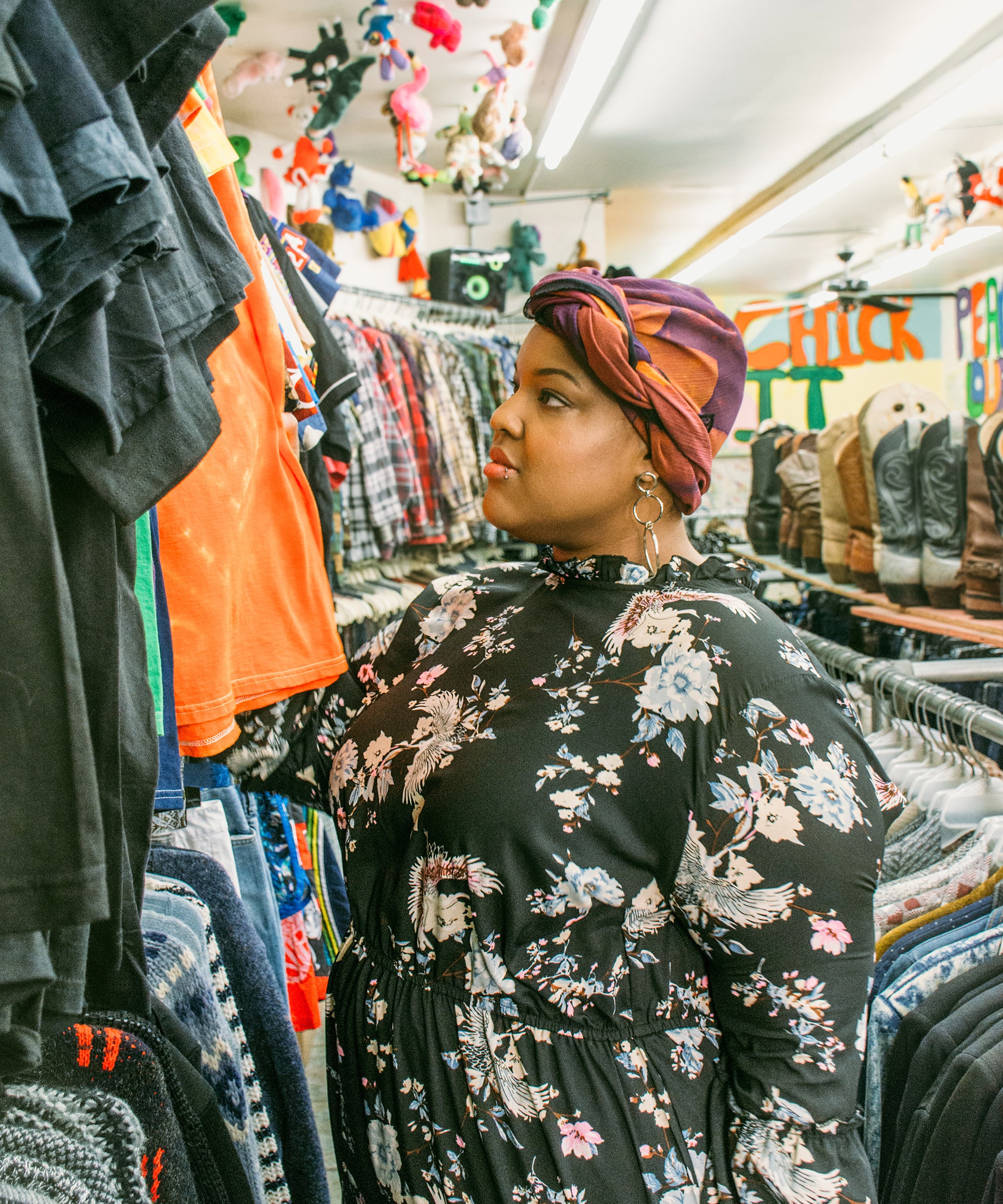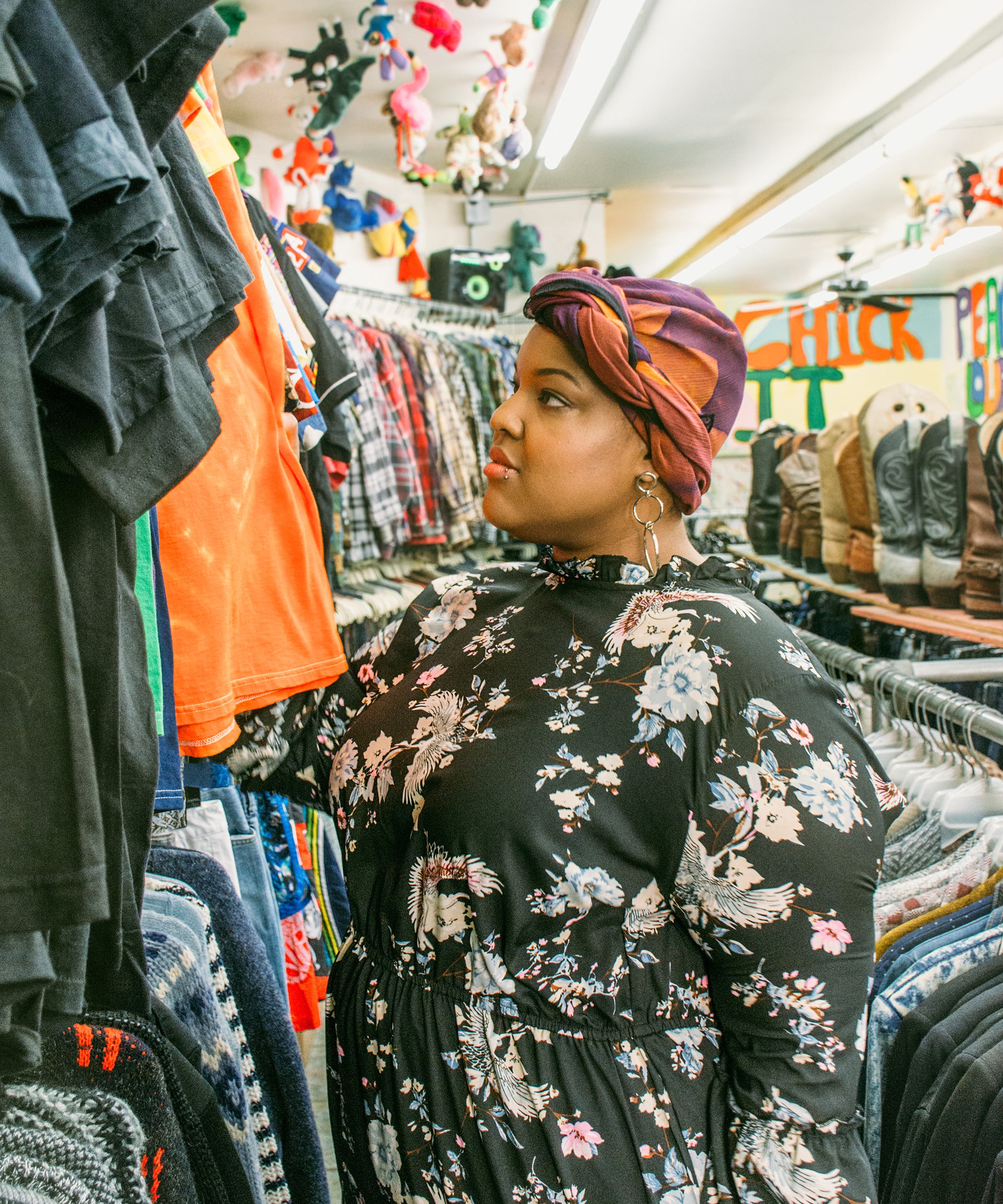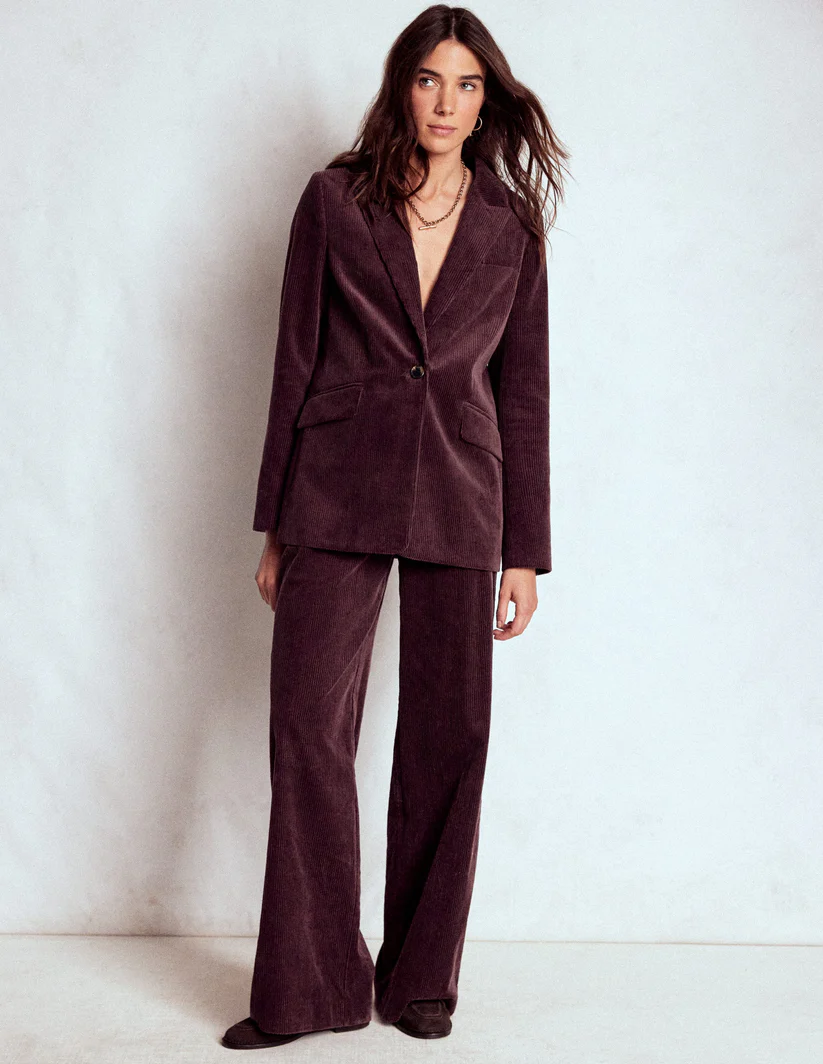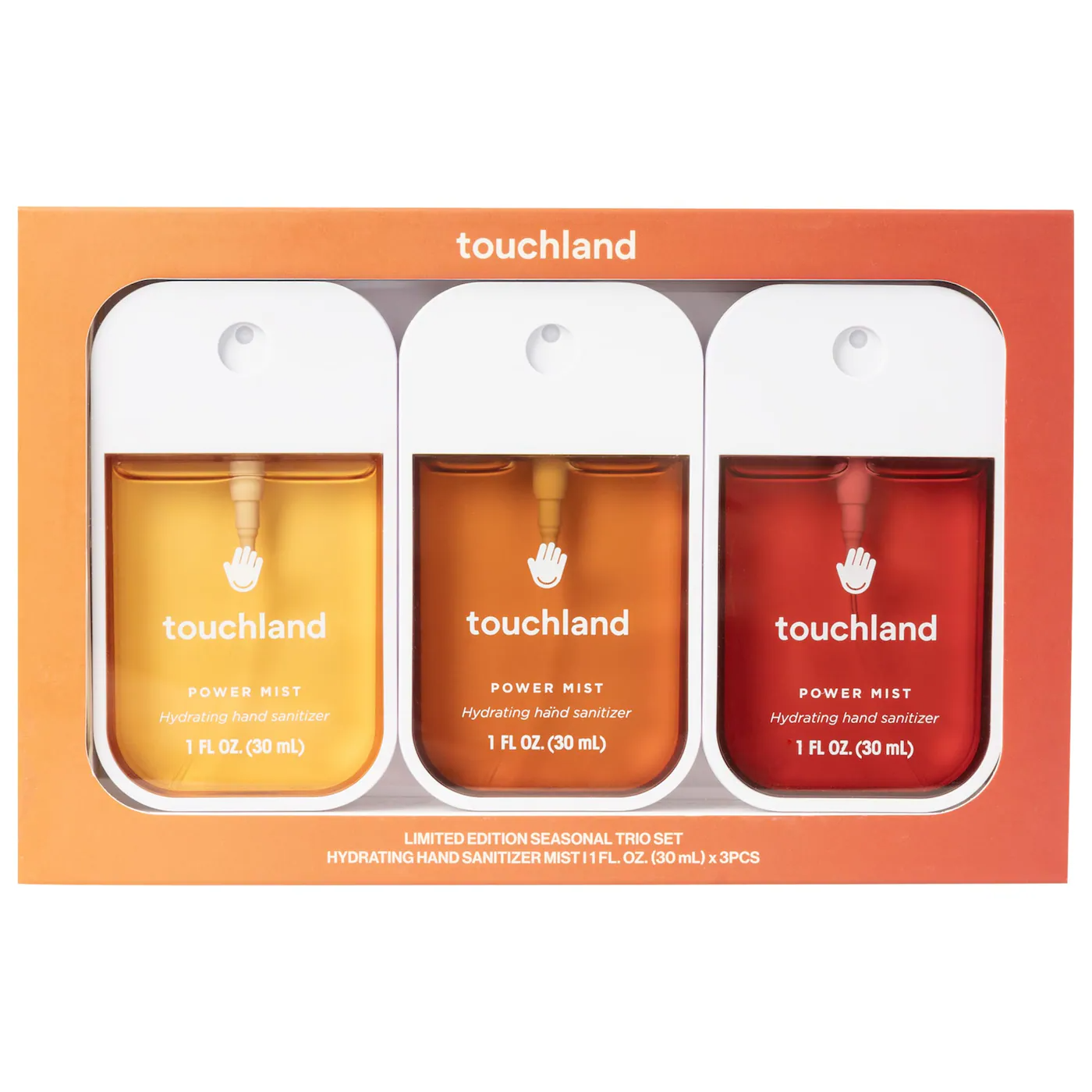

The resale boom is here, and it’s disrupting the future of fashion. On Wednesday, thredUP, an online consignment and thrift store, released the results of its 2021 Resale Report, conducted in partnership with third-party retail analytics firm GlobalData. After surveying 3,500 U.S. consumers to assess the size of the secondhand market and its environmental and social impact, the ninth annual study found that resale will be one of the pandemic habits that will stick around — with Gen Z at the helm powering its growth.
The report, sponsored by thredUP, offers a broad perspective on the global secondhand market, its consumers, and potential growth over the next decade. While it’s important to note that it’s in thredUP’s financial interest to present findings about the secondhand market that contribute to its flourishing, a general dearth of data on the global secondhand market makes the report worth examining nonetheless.
According to the report, more than 33 million people bought secondhand for the first time during the pandemic; 76% of those shoppers plan to increase their spending on resale and thrifting in the next five years. What’s more, in five years, the secondhand market will be valued at $77 billion, compared to $36 billion today, according to thredUP’s data.

While TikTok and Instagram are full of Zara and Shein hauls, according to the report, fast fashion’s growth is expected to flatten out in the next 10 years. By 2030, thredUP estimates that resale will make up 18% of people’s closets, while fast fashion will drop from 16% to 13%. Still, the report found that resale’s biggest closet competitor is actually the “off-price market” — ie. Marshalls and TJMaxx — which the report concludes will grow at a similar rate to resale.
“Value, as we come into recovery, is the number one consumer preference,” says Karen Clark, VP of Marketing Communications for thredUP. “I think that this disdain for waste has come through after a year of doing more with less. Wasting money is no longer something that most consumers are willing to do.”
She adds that consumers, especially Gen Z, gravitate toward both secondhand and fast fashion because of the thrill of constant shopping at affordable prices. “I think what’s interesting is that fast fashion and thrift have a lot in common, but there are some really meaningful differences,” says Clark. “Thrift, in a lot of ways, is that closet-flipping fun without the environmental hangover.”

It’s no secret that resale and thrifting are championed by Gen Z, a generation that has made its mark for prioritizing diversity, sustainability, and more conscientious shopping. The environmental benefit of secondhand shopping is one of the main reasons why this generation is rapidly embracing it, according to the report. In the United States, 34 billion items of clothing are discarded each year; according to thredUP, 95% of those items could be recycled or reused.
But Clark says it’s also a concept that both millennials and Gen Z have grown up with, as the lingering impacts of the 2008 economic recession and the boom of the sharing economy have shifted these generations’ expectations of ownership.
Gen Z in particular is leaning into the moneymaking possibilities of the secondhand market as well. According to the thredUP report, they are 33% more likely than baby boomers to sell their clothes rather than throw them away. They are also 165% more likely than boomers to consider the resale value of their purchases.

Clark says that, in order for resale to continue to grow, the government needs to get behind circular fashion. “Fashion seems to be missing from the conversation around climate change,” she says. While there have been significant policy pushes toward climate solutions both in the U.S. and abroad — from the Green New Deal stateside to measures like the European Union’s climate deal — there has been little to no movement toward government policy to help improve fashion’s waste problems and reduce the industry’s environmental impact.
The thredUP report concludes that one good measure would be to offer tax credits for companies and individuals that embrace circular fashion — a solution underscored by the finding that 58% of retail executives said they’d be willing to test circular fashion if there were economic incentives. Meanwhile, 47% of consumers said they’d be willing to shop secondhand if there was no sales tax or they’d receive a tax credit.
Clark argues that while the resale market is growing, it still has to compete with the financial accessibility of fast fashion in order to occupy more of the space inside people’s closets. “As it becomes easier and easier for consumers to sell clothing, more consumers are selling their clothes, and that’s what’s going to drive the growth of the market,” says Clark. “It has to be easy.”
You can read the full report here.
Like what you see? How about some more R29 goodness, right here?
The Only Second-Hand Home Shopping Advice You Need




